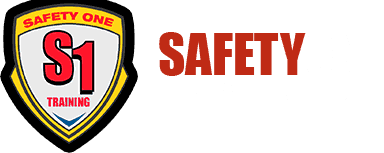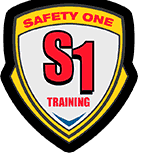23 Jul We Need Your Help! Certified Tower Climber Input Needed!
Research Project: Cold Weather Effects on Tower Climbers
Safety One International Training is leading a project to establish a correlation between the human responses to cold weather on exposed metal tower structures and fatal falls, with the assistance of NIOSH and OSHA. Because of our experience with extreme environments in our snowcat training courses, we have intimate knowledge of the effect of extreme cold temperatures on the human body, and we are investigating how this effects tower climbers as well.
Hypothermia & The Tower Climber
In a cold weather environment a tower climber is exposed to both cold air and tower structure elements. The structure itself can on average conduct heat away from the human body 17 times faster than air at the same temperature. This raises the potential for hypothermia and the resulting effect on decision making abilities and mental acuity. New medical research indicates that the mentation effects of hypothermia may be present at body core temperatures of under 97 F, not the accepted threshold of 94F. Tower climbers are suffering from the effects of hypothermia much earlier than previously believed, and the first part of mentation affected is increased risk taking.
PPE & The Tower Climber
Although certified tower climbers do wear gloves in cold weather environments, they must be thin enough to allow sensory perception in the fingers as well as the fine motor skills to manipulate the required integral “locks” on many pieces of tower climbing equipment. The result is poor protection for the hands and fingers from exposure to the highly conductive tower structures. Existing peer reviewed medical research has established that the body’s autonomic response of reducing circulation to the cold hands causes two physiological responses which may be the key to certified tower climber falls:
1. Due to lack of oxygenated blood, the muscles in the fingers loose fine motor skills
2. The nerves in the fingers lose what is referred to as “point sensory perception” which means they cannot accurately perceive the surface textures and shapes they are in contact with.
Unlocking the correlation could raise awareness and force improvements to the equipment currently in use.
We Need the Help From Experienced Climbers
In our training courses we hear many stories about mishaps and near mishaps due to work in cold environments. This anecdotal evidence can help direct the medical research. We need detailed information of any of these incidents you witnessed or were a part of.
1. What was the time of day?
2. What was the outside air temperature?
3. How long was the climber on the tower?
4. How experienced was the climber?
5. What clothing was climber wearing? Cotton? Down?
CONTACT US
Putting it bluntly, this research could save lives with very little expenditures but the medical staff and the engineers need your input to focus the research here at Safety One Training International, Inc. Please call us at 800-485-7669 or email [email protected] or simply post to this blog. Anonymity will be maintained over all information provided!!!


Sorry, the comment form is closed at this time.